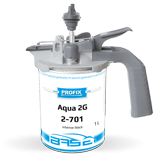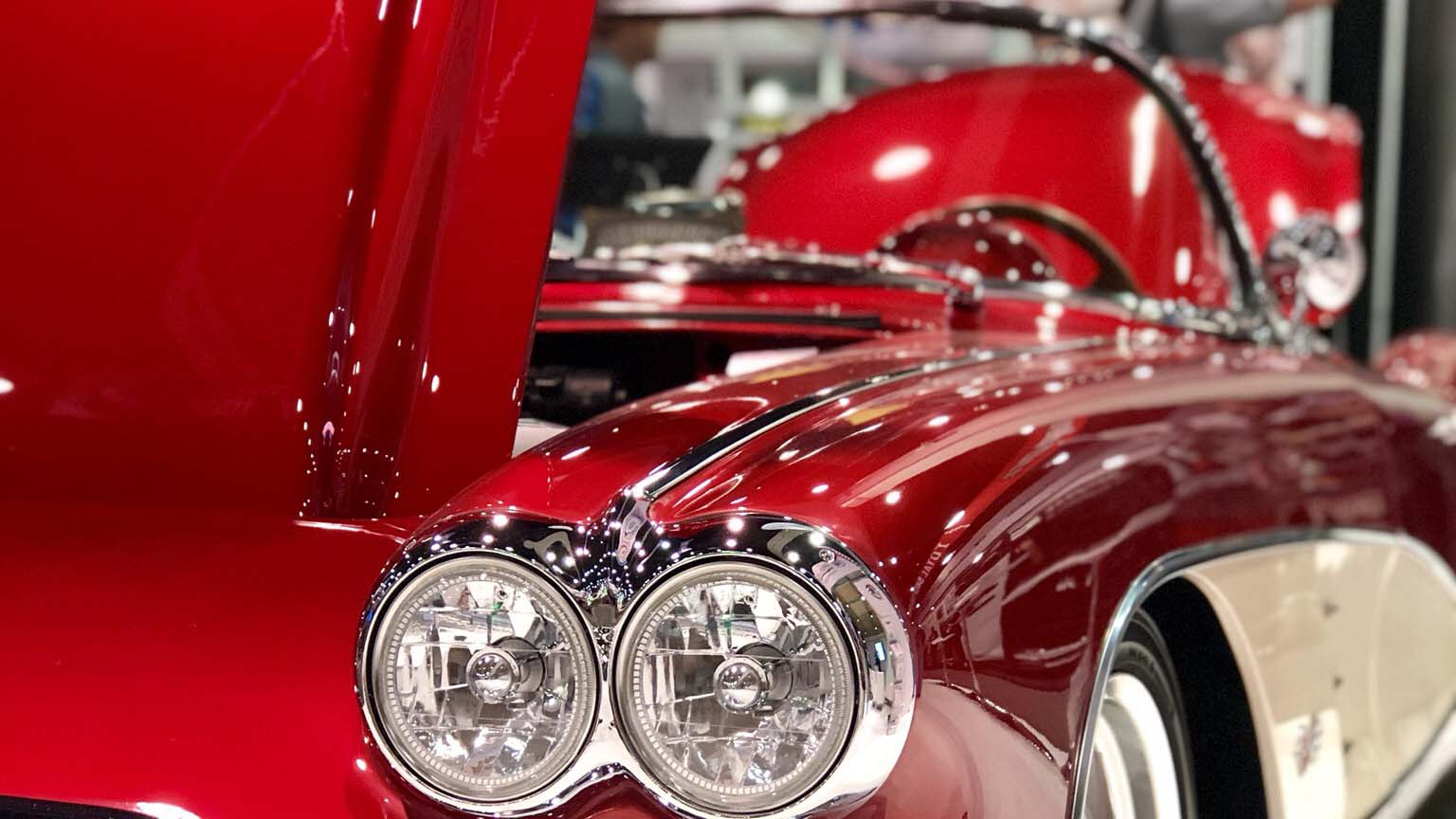Recently added
Related products
Most read
Why use the water-soluble lacquers, when the conventional ones are available?
How does the rainbow help in color matching
How does the rainbow help in color matching
Where men see white, women see ecru. Neuroscientists prove what we always suspected: the two sexes see the world differently. Some of the evidences are indirect, such as the linguistic research showing that women possess a larger vocabulary than men for describing colors. More direct evidence shows that for correct color differentiation are the cone cells in the eye tissue, which affect color perception. Nearly half of the fairer sex have more photosensitive cells, so their statistically significant recognition of color is much better.
To illustrate that difference visualize colors of the rainbow. People with 3 types of cone cells responsible for color vision, see the rainbow as seven colors: red, orange, yellow, green, blue, dark blue and purple. The tetrachromatic people see the very same rainbow as it has ten colors. Which indicates that not all of us can see countless colors in all kinds of cars. Silver, red, black, with or without effects, every single one can be seen differently. However, the definition of color as silver or red is not unequivocal, because of presence of a huge number of shades of a car paint. How can you choose the right color if you need to repair your car?
Find your car’s color
The easiest way to find out what color you need is to find the rating plate that is almost always placed on each car. Its location depends mainly on the car's make and brand. From the plate you can read the so-called OEM code, which is a combination of letters and numbers that corresponds to one color. Finding the color code is only half the success. Colors that appear as one OEM code may vary in shade. This is due to the fact that production of a car changes over the years. For example, the top silver color of the Volkswagen, code LA7W appeared for the first time in 1997 and is still used today. It is therefore very likely that the varnish produced for 20 years or more will have different color versions. In addition, the car body parts exposed to atmospheric agents are gradually discolored. In addition to the basic color (so called mother), there are specific variants that differ slightly in color or in grain size. Most companies producing car paints have color documentation – color boxes. Two types of color boxes are available on the market - segregated according to car brand and in chromatic order. Each color chip is assigned to an OEM code and a car's brand. It is very easy for us and customer to check whether the color we are looking for matches the bodywork.
What if we do not have the color OEM code ?
However, if the rating plate is unreadable or for some reason is not in the car, it will be more useful to use chromatic color box - if of course we have a system with this type of documentation. Then, when comparing shades we can choose the closest to the car paint. The interaction between colors, the effect of one color on the other, whether the component is transparent or opaque, whether it has a thick or fine grain, toner flop behavior, distinguishing xirallic from the pearl – all of that is very versatile. Therefore, to properly distinguish all of the color aspects it is not enough to have the proper cone cells in the structure of the eye, but it requires several years of work that gives you the experience to work with any system.
A very important feature of color selection is its application. The method of applying lacquers, especially metallic, has a crucial effect on the final effect, as it decides the arrangement of the metal particles in the layer. Much worse results are obtained when the pigment is grouped or unevenly arranged. Metallic pigments have a different structure than solid ones because they resemble in a large scale the structure of the flakes, besides that they are much heavier. It is therefore important to thoroughly mix the base before use. For example, the mix of Kar-Bon varnishes from Profix should be mixed once per day for about 5 minutes. An experienced painter is able to use various varnish techniques so that there are no color differences visible by the human eye, even if there is a color difference between the original body and the sprayed lacquer. This is especially noticeable on flat surfaces between which there are no separated parts. If the metallic lacquer is too bright, wet-on-wet painting technique becomes useful. It involves applying thick layers. Then particles of silver or other pearlescent ingredients will immerse making the color appear darker. In the opposite situation - when the color seems too bright, the dry painting technique will be perfect. In this method the overlapping layers are thin, so the grain appears to be "on top". This effect brightens the color. The influence of atmospheric factors on color stability is often so great that in order to overcome the differences it is necessary to use the so-called shading on a single element or neighboring parts. This application of a material is not only used on the varnished element, but also on the adjacent ones, which ensures a smooth transition of a color.
Light changes color perception
Color selection must take place in the appropriate lighting. The best choice is natural sunlight. Colors in artificial lighting sometimes look different in daylight. This phenomenon is called metamerism. This is due to the creation of the basic components of the lacquer from other pigments. The place where we make comparisons must be cleaned, we can do it using polishing paste - we recommend to start polishing with EASY paste and then polish the place with WAX milk. When comparing, remember to make a comparison in a few angles. After these steps, we prepare a sample mixture for a test spray. Keep in mind to accurately reproduce the later conditions of car painting, i.e. the air pressure, the number of layers, include parameters of spray gun. Often, mini-guns with smaller nozzles are used in the mixing chamber, which reduces the reliability of the test spray. Before painting, make sure that the corrosion protection coating in the repaired area is properly layered. This also applies to the color undercoat, which is of great importance in the final result obtained by painting.
Highly developed color system combined with the appropriate lighting and the painter's expertise and experience guarantee perfect color matching and application.











